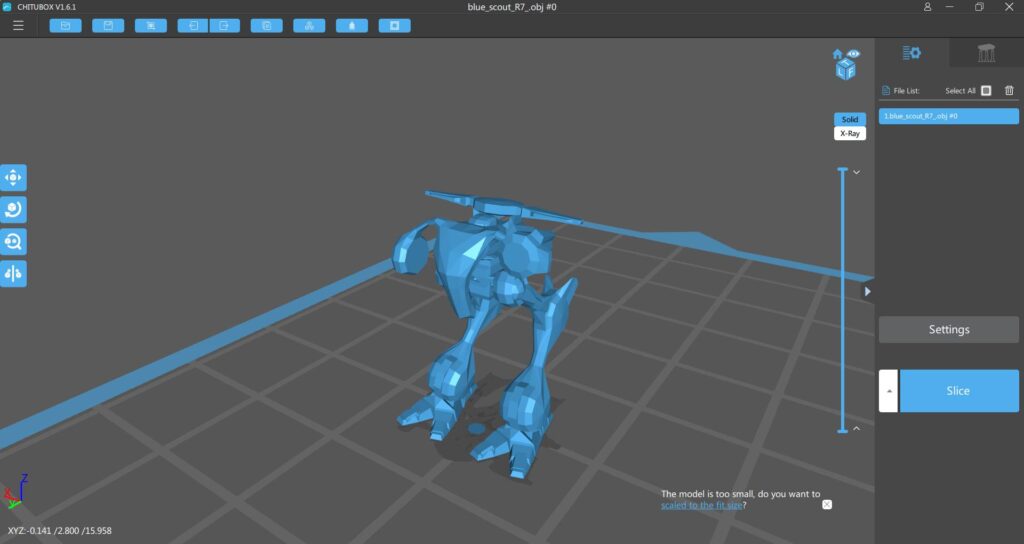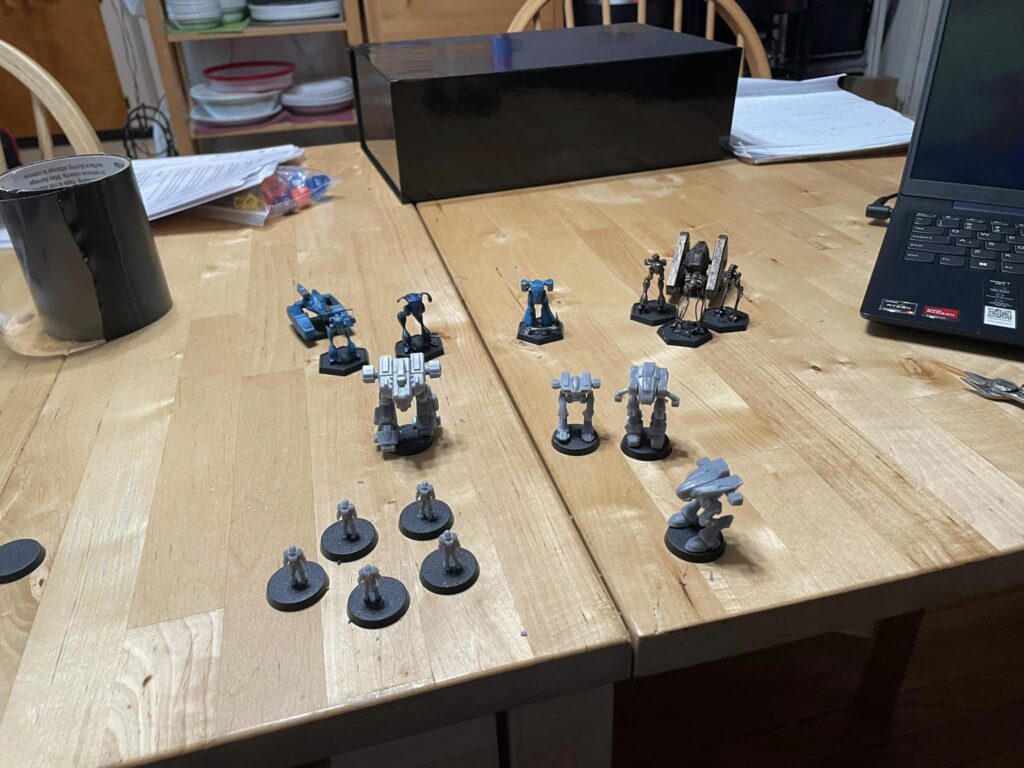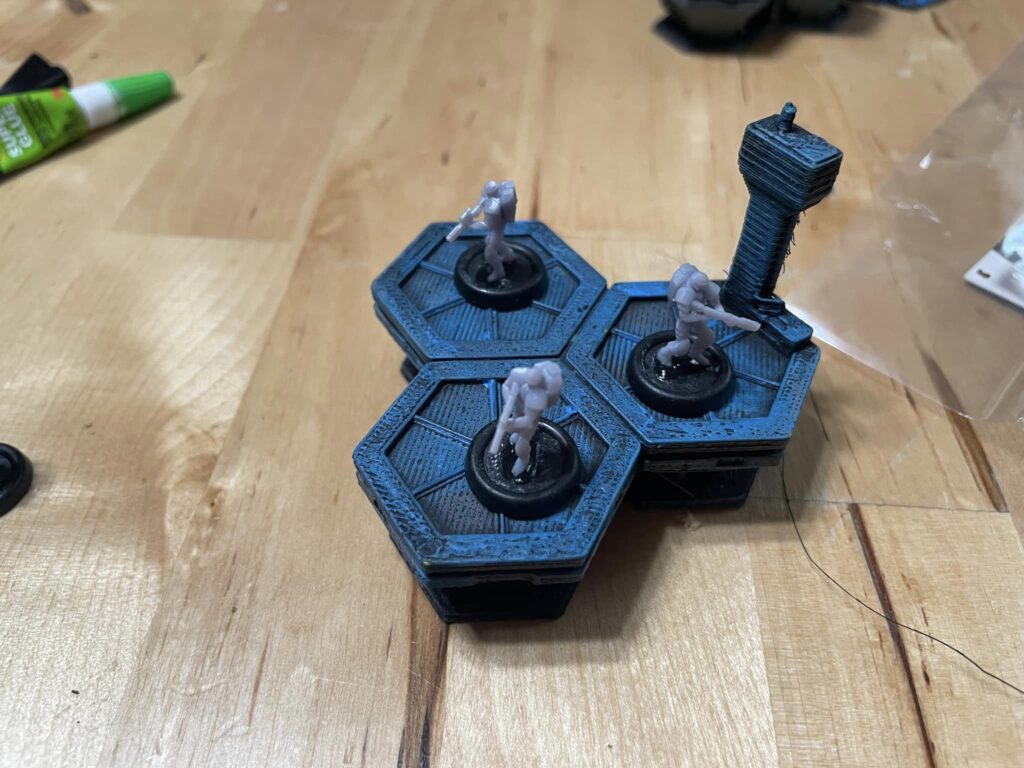First time here? Start with Dev Blog #1!
Once we decided to change the core rules and create something from scratch, we had a couple of brainstorming sessions. We talked about what we wanted to see, what we thought might work, real brainstorming stuff. We looked at A LOT of giant robot games. I volunteered to take a crack at creating the new system.
I’ve been playing tabletop wargames involving giant robots, since the 1980’s. FASA’s classic Battletech was a long-time staple in my friend group. I still have my books and boxes from the Second Edition run, but the old metal Ral Partha miniatures are long gone (I sadly missed the first edition due to an Axis and Allie’s addiction, so I do not have a copy of Battledroids). Along with other FASA classics like their excellent Star Trek: Starship Combat Simulator, I spent countless hours blowing up my friends with autocannons, lasers, phasers, and torpedoes. Anytime a new game came out, I stared at it and spent my hard-earned cash on it when I could afford it. When the Warhammer 40k universe came out in force in the late 80’s and early 90’s I was right there, including the excellent, much faster-to-play, first edition of Adeptus Titanicus.
That love for stompy robot games kept with me over the years and influenced the video games I played (starting with Mechwarrior 1, thank you very much). Max Gaming, coincidentally, ran an excellent Mechwarrior league, which blended elements of a board game with conquering planets and getting salvage in a campaign where the battles were fought between squads of players using Mechwarrior multiplayer.
Games like X-Wing, Space Hulk, Warhammer, Battletech, and recent entries into the genre like Pacific Rim and some of the One Page Rules adaptations like Gundark Future, all gave us a strong base on what we thought worked, what mechanics were fun, and a real cross-section on gameplay and time on the table. We wanted table presence, we wanted something that played fast. We wanted to capture the feelings from the video games we made (which meant we played them all again, which is another story). As part of that board game resurgence with my kids during the pandemic, we PLAYED most of these, so they were fresh in my mind.
Table presence. One of the best parts about playing those games is the table presence and the tactile sensation of moving the miniatures around the map. We were making a board game, a miniatures game. Playing with miniatures is fun, so that meant my 3d printers were working nonstop. If I am going to make a board game, I am going to have physical components and get that feeling, and nothing was gonna stop me!


I played with scale, trying to figure out the right size for the units, some of which had in-universe sizes we had published (and some didn’t). What is the right size for table presence, and print quality (eventually we need to manufacture these, if all goes well, right?). We had large mechs, small mechs, and human-sized infantry units in power armor.

I printed a lot of models.

We settled on an approximately 12mm scale, which means our human-size units are about 12mm tall, and our largest model, the Abolisher manned mech, was about 40mm tall. it’s not an exact scale, but it gave us enough detail in the models at least on the printers we were using, without having the largest units be unwieldy. All the mechs are mounted on standard 1.25-inch hex bases and the game gets played on a standard 1.25-inch hex grid map. So no rulers or tape measures would be necessary.
Now all I needed were some rules to use for these little plastic men to fight.
Click to go to Dev Blog 4: Dice and Damage!